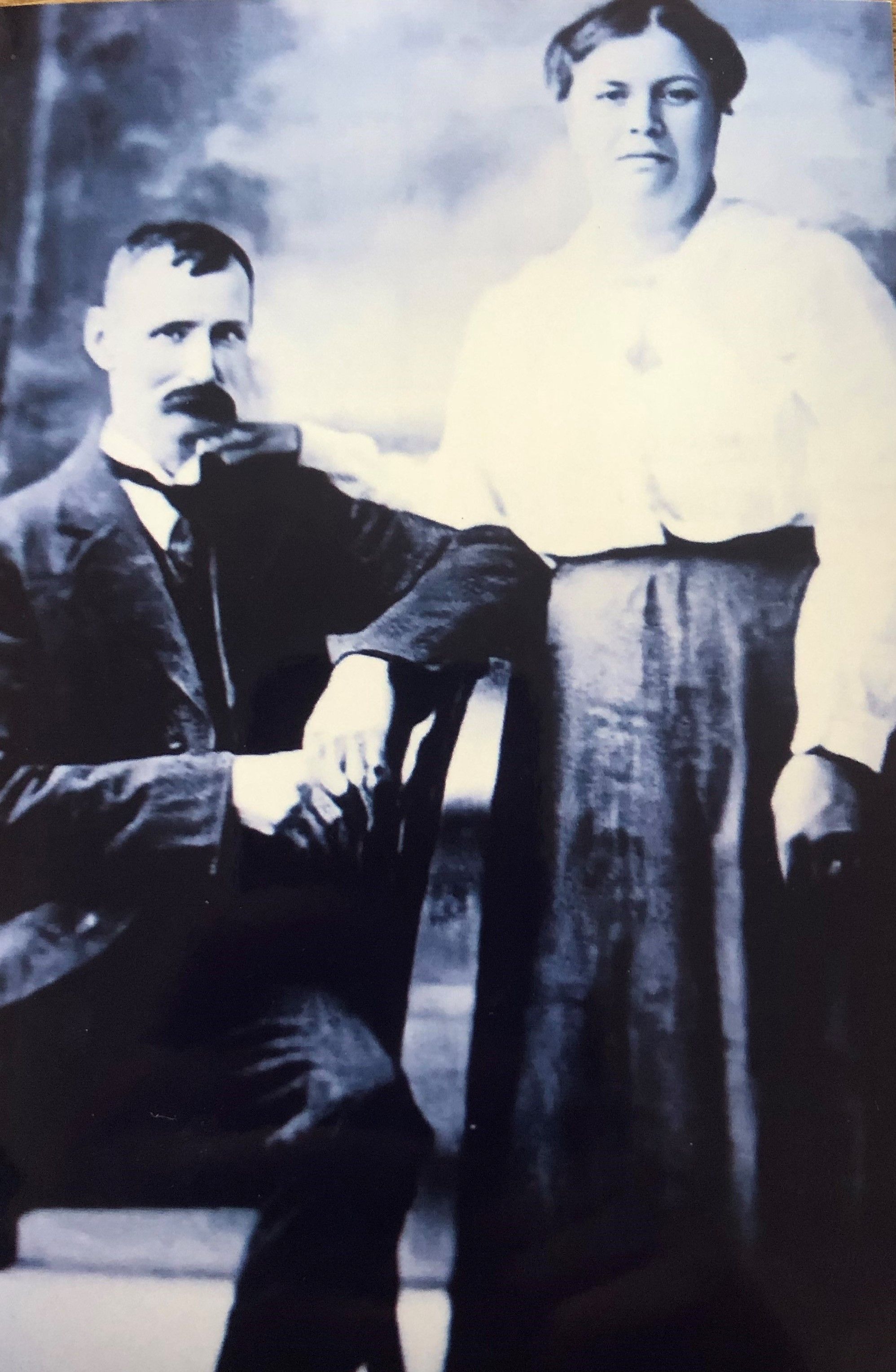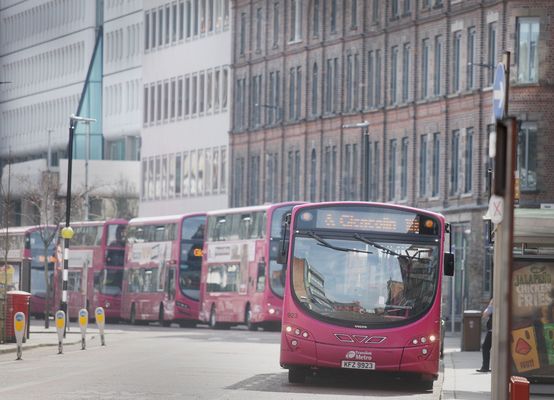In 1922, after Ireland was partitioned into the Free State and Northern Ireland, Belfast still remained a hotbed of inter-community violence, the majority of it being directed against its Catholic community. Violence in the new state was widespread, particularly in Belfast where a state-backed campaign saw many Nationalists burned out of their homes and killed in what is termed by historians as the ‘Belfast Pogrom’.
The O’Donohoe family from Beechmount are preparing to remember family members this week who were murder in the violence that engulfed Belfast 100 years ago.
On 30-31 May 1922 a mob broke into the McElroy family’s butcher shop at 28 Old Lodge Road in North Belfast and shot Mary-Anne McElroy (52) and Rose McElroy (15). Newspaper reports from the time confirm that Mary-Anne and Rose were killed in the backyard of their home, and their shop looted and burned. Reports confirm that on the day Mary-Ann and Rose were killed, 11 others were also killed and 16 seriously injured. Reports also confirm that in the week they were killed, around 220 Nationalist families were also driven out of their homes throughout Belfast, many being burned out.
Late May 1922 was the most violent period of the Belfast Pogrom
The O’Donohoe family only recently rediscovered the events involving their family after Donna O’Donohoe used a DNA kit and got in contact with long lost family members, who also remembered the tragedy. A discovery was made when talking with relatives that despite not being mentioned in any reports at the time, all family members had heard that when Mary-Anne was killed, the mob had cut off her finger in order to steal a ring.
Official reports at the time do not make mention of this, but were often biased in favour of the authorities, such as in the case of the Arnon Street Massacre in 1922 when the culprits were identified only as unknown gunmen, but have now widely been accepted to have been a police gang under the command of officers DI Nixon and CI Harrison who operated out of Brown Square Barracks, and would commit atrocities on civilians in response to news of IRA activity against the police force.
Donna O’Donohoe explained how a Christmas present has led to the wider family now being reconnected, and a memorial planned this week for Mary-Ann and Rose, with the family seeking to use the remembrance of the tragedy as a way to come together, remember their relatives, but also to begin creating new and happier memories together again.
Donna said: “I got a DNA kit as a Christmas present and I didn’t set out to go looking for this (the killings), but it came about when I met a cousin called Shane Cronogue from Carrick-On-Shannon, through the DNA results, and we got talking and he mentioned the killings, and we both started searching for more information. The interesting thing was that he first mentioned the fact about Mary-Ann having her finger cut off to me, and other cousins I have met since have also heard this story too, including cousins we’ve spoken with from America, Ireland and England.”
Rose McElroy who was 15 when she was killed.
“My grandmother always wanted to know where her granny (Mary-Ann) was buried. My grandmother’s mother died very young, so my grandmother was brought up in Belfast pretty much as an orphan and lived with various family members until she grew up and got married to my grandfather.”
Donna and her mother Anne-Marie explained how the tragic family events had long repercussions for their family, and devastated not only the immediate family in 1922, but also the generations that came afterwards.
“Mary-Ann’s husband, my great-great-grandfather, James McElroy, was absolutely distraught by the killings and the trauma it caused. He moved to Dublin with his two youngest sons and ended up becoming a window cleaner. He lost everything in that attack, as they were quite wealthy for the time, to own their own business and work as butchers, but the attack meant he lost his livelihood and his family at the same time.
"His contact with the rest of the family became minimal and he became a recluse, and he died on his own in 1957 and was buried in a pauper’s grave. We have turned up his records and found out where he was buried, so our next plan is to go down to Dublin and get something made up for him.”
James and Mary-Ann McElroy
The O’Donohoe family and their wider family initially did not know where Mary-Ann and Rose were buried, but with some searching, they finally discovered they were both buried near the border in Warrenpoint.
“We found out Mary-Ann and Rose were buried with family, without a headstone, and only years later was a plaque added to their grave. Mary-Ann was originally from Carlingford, and we searched there for years, before we discovered her and Rose were actually buried in Warrenpoint.”
However the family are now planning a commemoration this week on what will be 100 years since the killings, and are using the event to build positive family memories and remain in contact with their rediscovered relatives.
“This Sunday, the 29 May, our whole family will be unveiling a new headstone in Warrenpoint. Family are coming from Belfast, Blackpool, Carrick-On-Shannon, Donegal, Kilkenny and Omeath. After we unveil the new headstone we’re all heading to a family dinner at the Flagstaff Hotel in Newry to share stories and have a get together. It’s important to all of us because we don’t want their memory to be lost, and for a while it seemed like it had been lost.
“We’re determined to use this moment to remember them, but also use the opportunity to make new happier memories now. We’ll be laying laurel wreaths and a piper will be playing and my daughter Eva will be reading a piece in Irish for them.”







